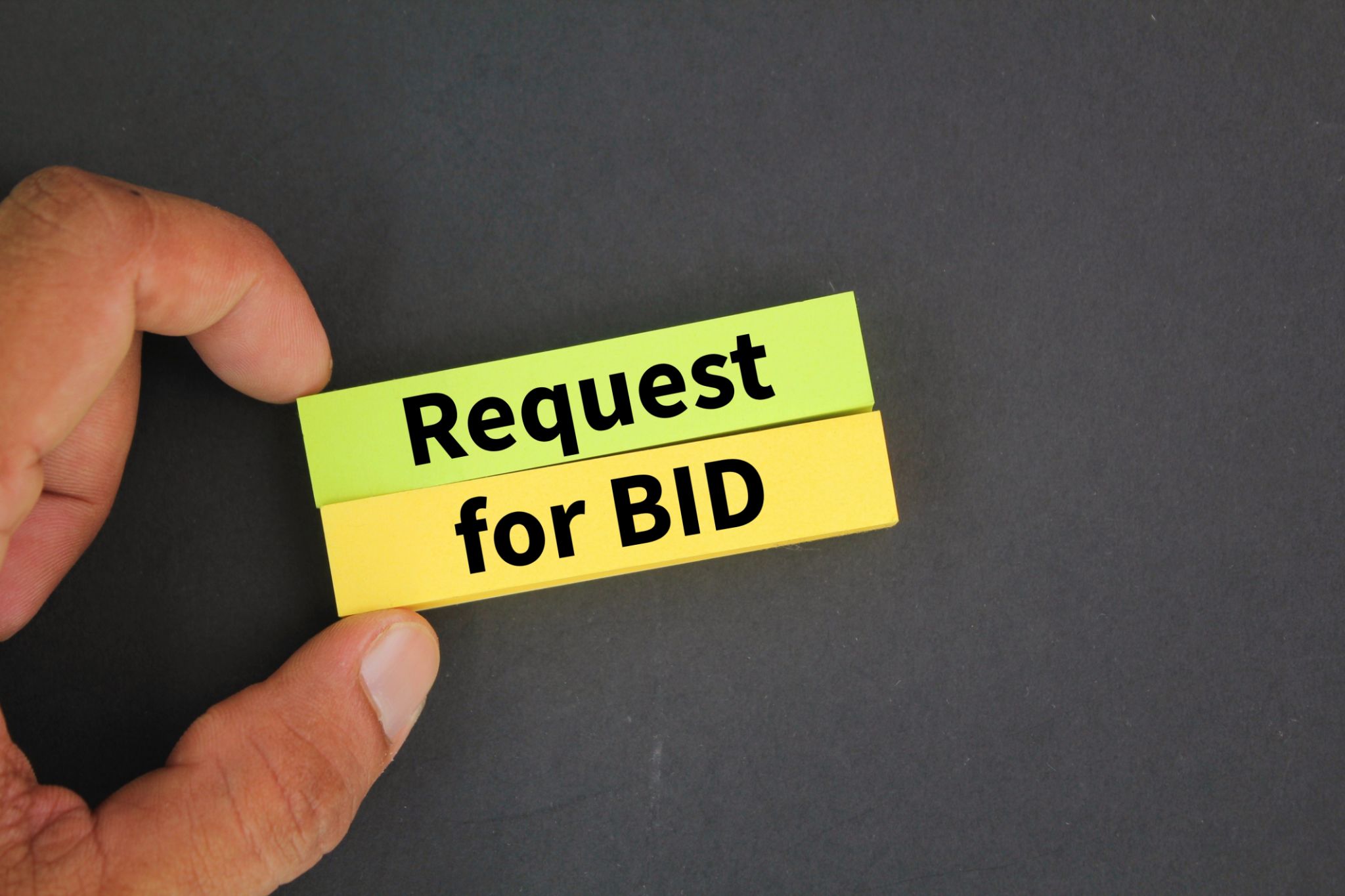Navigating Tendering and Subcontractor Engagement in New Zealand: A Comprehensive Guide
Understanding the Tendering Process in New Zealand
The tendering process in New Zealand is a structured and competitive method for procuring goods, services, or works. Whether you are new to tendering or looking to refine your approach, understanding the key stages is essential. In New Zealand, tenders are often required for both public and private projects, providing opportunities for businesses of all sizes.
At its core, tendering involves submitting a bid in response to a request for proposal (RFP) or request for tender (RFT). This process ensures that the procuring entity receives the best possible value while maintaining transparency and fairness. It's important to carefully analyze the tender documents to align your proposal with the requirements.

Key Steps in Tender Preparation
Preparation is crucial when it comes to tendering. Here are some important steps:
- Research the opportunity: Understand the scope and requirements by reading the tender documents thoroughly.
- Assess your capacity: Ensure your business can meet the demands of the project in terms of resources and expertise.
- Develop a strategic proposal: Tailor your submission to highlight how your business can deliver exceptional value.
Effective Subcontractor Engagement
Engaging subcontractors is often a critical aspect of tendering in New Zealand. Subcontractors can provide specialized skills or additional capacity that you may not possess in-house. Building strong relationships with reliable subcontractors is key to delivering successful projects.
When selecting subcontractors, consider their track record, expertise, and alignment with your project goals. A clear communication strategy and well-defined contracts ensure that both parties have a mutual understanding of expectations and responsibilities.

Building Strong Subcontractor Relationships
To enhance collaboration with subcontractors, consider the following strategies:
- Open communication: Maintain regular updates and open dialogue to address any issues promptly.
- Define roles clearly: Ensure that all parties understand their responsibilities and the project timeline.
- Provide support: Offer guidance and resources to help subcontractors meet project deliverables effectively.
The Role of Technology in Tendering and Subcontractor Management
Technology plays an increasingly vital role in tendering and subcontractor management. Using digital tools can streamline processes, enhance communication, and improve project outcomes. Platforms for tender management allow businesses to track submissions, manage documents, and maintain compliance with ease.
Similarly, project management software can facilitate better coordination with subcontractors. These tools help monitor progress, share updates, and manage resources efficiently. Embracing technology not only boosts productivity but also enhances collaboration across all stakeholders.

Navigating Challenges and Opportunities
Tendering and subcontractor engagement come with their own set of challenges. Regulatory compliance, tight deadlines, and competitive bidding can pose obstacles. However, with thorough preparation and strategic partnerships, these challenges can be transformed into opportunities for growth and success.
By staying informed about industry trends and continuously refining your approach, your business can thrive in New Zealand's competitive tendering environment. Leveraging expertise, building strong relationships, and embracing innovation are key components in positioning your business for success.
